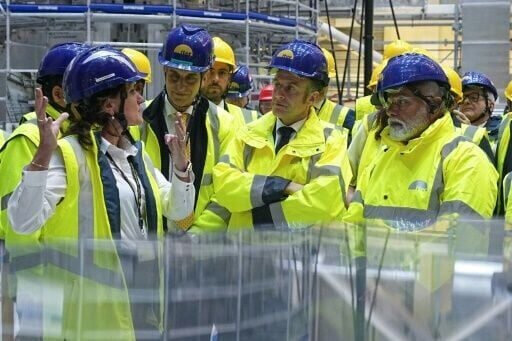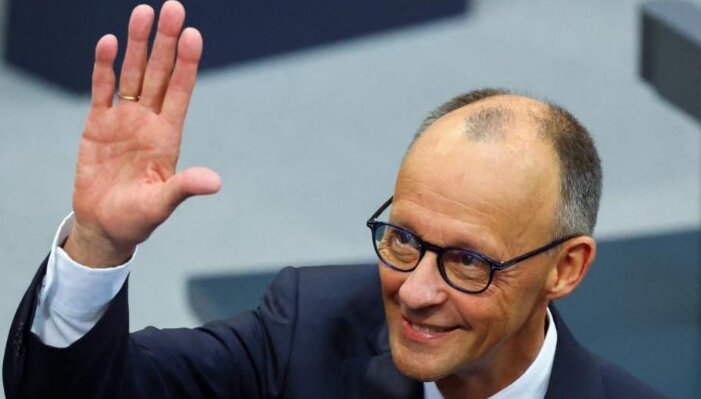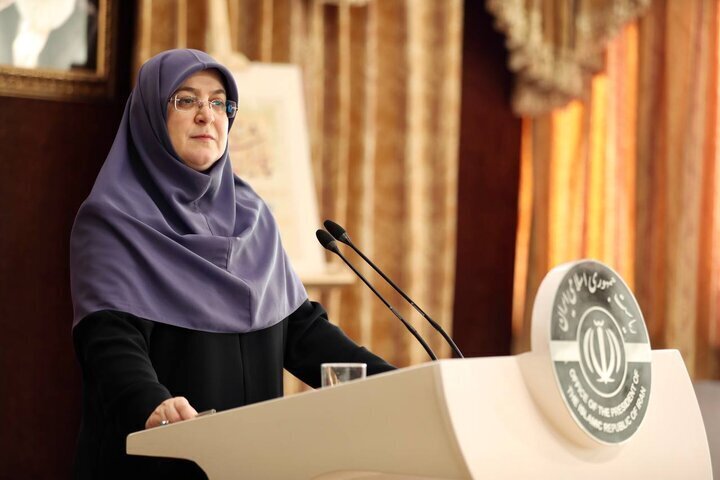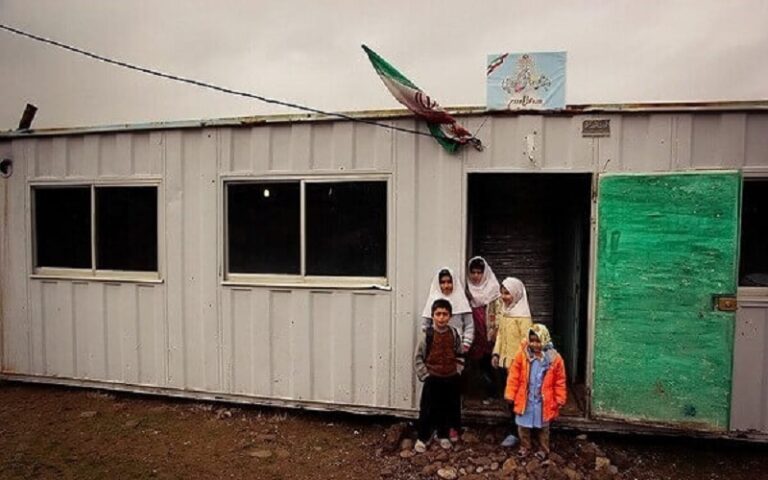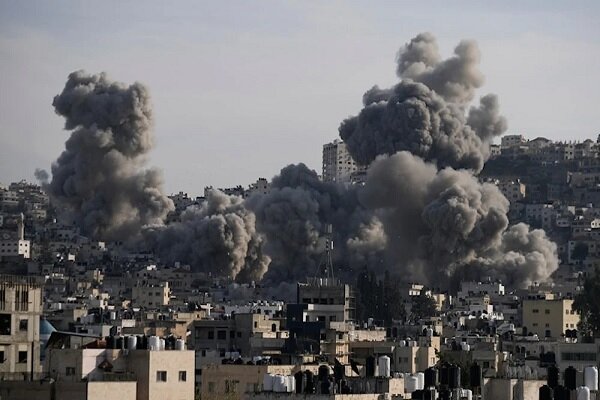Iran Unveils Key Details on Upcoming US Negotiations: What to Expect in the Next Round of Talks
In a recent press conference, Iranian diplomat Baghaei addressed pressing questions surrounding Iran’s foreign policy, highlighting crucial aspects of ongoing negotiations with the United States. The talks, which are mediated by Oman, aim to navigate the complexities of international relations while maintaining an indirect communication format.
During the conference held on Monday morning, Baghaei emphasized that while the location of the negotiations might spark interest, it is not the primary concern. Instead, the focus remains on the structure and ongoing nature of these indirect talks. He stated, “Of course, the location of the negotiations is not the main issue; what is important is the continuation of the form and framework of interaction between Iran and the United States, which will continue indirectly and with the mediation of Oman.”
Baghaei confirmed that Iran is in regular contact with Omani officials, underscoring the importance of collaboration in reaching a final decision regarding the negotiation venue. He mentioned, “We are in constant contact with the Omani side, and after officially receiving their comments, a final decision on the location of the negotiations will be made.”
Addressing the fluctuating statements from various American officials, Baghaei pointed out the inconsistency in their messaging, stating, “Contradictory statements are being made by various American officials, and they themselves must find a way to resolve these contradictions. This is one of the main reasons for holding the negotiations indirectly.”
Baghaei firmly reiterated Iran’s stance, making it clear that negotiations cannot coexist with threats and pressure tactics. He asserted, “One cannot claim to seek negotiations while continuing the policy of pressure, sanctions, and threats. This approach is absolutely unacceptable, and we have clearly stated our positions.”
In discussions of such significance, it is customary for involved parties to outline their frameworks and fundamental positions. Baghaei noted, “In such talks, the parties usually present their frameworks and principled positions. Of course, Iran’s positions have been clearly stated many times before.”
He also addressed the longstanding issue of Iran’s nuclear program, which has been at the center of international debates for over two decades. Baghaei emphasized, “The Iranian nuclear issue has been a pretext for creating unnecessary crises over the past two decades, and Iran’s nuclear program has always been peaceful.”
Moreover, he articulated Iran’s primary demand, which focuses on the need for the removal of sanctions: “Our main issue and serious demand is the lifting of the cruel and illegal sanctions that have been imposed on the Iranian nation over the past years.”
In conclusion, the complexities surrounding Iran’s negotiations with the United States reflect a broader narrative of international diplomacy. As both sides navigate these turbulent waters, the call for a peaceful resolution remains paramount, emphasizing dialogue over pressure and sanctions.
Key Takeaways from the Press Conference:
- Negotiation Format: Talks between Iran and the U.S. will remain indirect, facilitated by Oman.
- Location Matters Less: The venue of discussions is secondary to the framework of ongoing communication.
- Inconsistencies in U.S. Statements: Baghaei highlighted the need for the U.S. to clarify conflicting statements from its officials.
- Unacceptable Conditions: Iran rejects negotiations under the threat of sanctions and pressure.
- Nuclear Program Clarification: Iran maintains that its nuclear program is peaceful and has been mischaracterized.
- Main Demand: Iran seeks the removal of sanctions imposed over the years.
As the situation develops, the international community watches closely, hoping for a diplomatic resolution that prioritizes dialogue and understanding over conflict.

